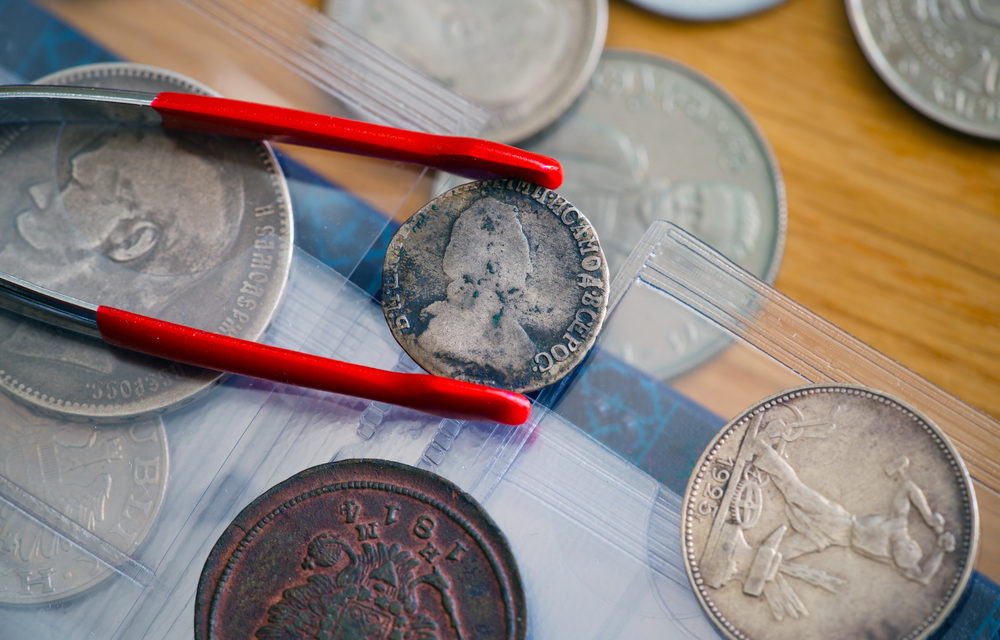Digital revolution takes away the joy of the hunt
If you have clients who are thinking of investing in collectibles, Harry Rinker, dean of collectibles, has a few words for you: Collecting isn’t what it used to be.
“Collecting as a whole is threatened,” said Mr. Rinker, head of the Institute for Antiques and Collectibles. “Young people are not collecting the way old people did.”
One big difference: Not so long ago, it wasn’t uncommon to find someone with a collection of, say, 500 lunchboxes or 1,000 Barbie dolls. No more. “To find anyone with a collection of 50 of anything is difficult,” Mr. Rinker said. “They find something they like, buy one or two more, then they quit.”
Another difference: There’s not much joy in the chase. Hard-core collectors like to go to yard sales, antique stores and shows, hoping to find a genuine Chippendale armoire in someone’s basement. These days, however, all you really need to do is head for the internet. “Anything you want, you can find pretty quickly on eBay or Etsy,” Mr. Rinker said. “Everyone is dumping everything there.”
And, Mr. Rinker says, many collectors are satisfied with digital images of what they like, rather than the actual things. A picture of a 1967 Barbie is just as good as the authentic piece of plastic pulchritude.
Finally, many of the baby boomers who were the biggest collectible enthusiasts are dying off. “The old-timers who come to the antique shows have what they need and are just trying to find out what their stuff is worth,” Mr. Rinker said. And in many cases, the answer is “not much.” Younger people have little interest in their parents’ collectibles, and those often go to liquidators at estate sales, Mr. Rinker said. “You have 100-year-old antiques go to a liquidator because they couldn’t get someone to pay a buck for it,” he said.
What is popular these days is stuff that today’s Gen X and millennial parents probably threw out. “The trigger for collectibles is childhood memories,” Mr. Rinker said. “Anything from the 1950s, 1960s and 1970s is passé,” Mr. Rinker said. People are interested in Power Rangers, Transformers and Teenage Mutant Ninja Turtles.
Another piece of advice on collectibles is going by the boards, too. Mr. Rinker used to tell parents and grandparents to buy two of any hot toy during the holiday season and put it away untouched as an investment. This could work with comic books or other non-electronic devices, but many toys come with computer chips or other devices that will be nearly impossible to fix in the future.
The basic rule: Buy what you’re willing to look at for a long time. “Don’t buy for the hell of it,” said Paul Wilkes, senior editor, U.S. coins, at Coin World. “And remember that there’s already a markup built in.”
In the case of coins — as with any other collectible — deep knowledge of your subject is your best friend. The rarer the coin, the larger the premium over the value of the metal the coin is made from, or melt value. A difference of opinion over the coin’s condition could cost thousands of dollars. “You have to ask yourself whether you’d rather have a coin or an investment piece,” Mr. Wilkes said.
If you’re looking for something to buy and put away, consider the new American Eagle Palladium coin, the first palladium coin from the U.S. mint. Each coin will consist of one troy ounce of 99.95% pure palladium, and feature a face value of $25. Release date: Sept. 25.

